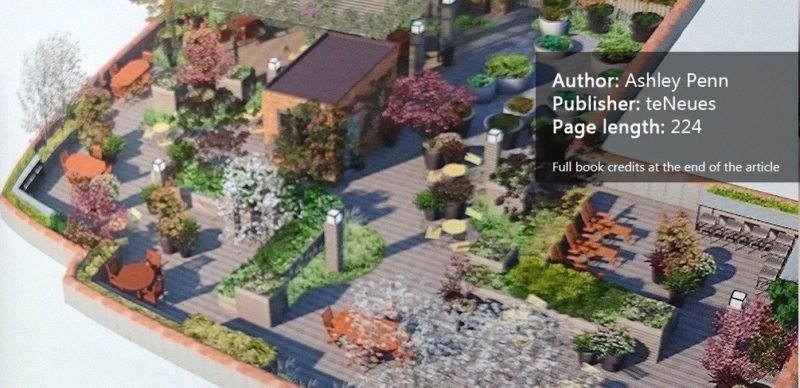Book review by Rose Buchanan – Total reading time 3minutes A book review of Living Roofs, produced by teNeues and written by Ashley Penn Can you imagine living without a garden? For many people the thought of this is unbearable. Gardens provide us with green, private spaces that we enjoy in the company of others or in treasured solitude. For this reason the idea of a large house in a leafy suburb with sprawling lawns is often held as the ideal lifestyle. However, with the growing population there is a greater need for people to live in a high density city. This usually means a confined living space in high rise apartments with no gardens. In reaction to this, there has been a growing trend for inner city residential spaces to include rooftop garden spaces. Not only do these spaces provide personal gardens, but their sustainable advantages for the city are numerous. These gardens provide habitat for birds and insects, clean the polluted city air, retain stormwater, and can even improve the climatic functions within the building while reducing the amount of heat radiated outwards. Architects have begun to take this into account, blurring the lines between inside and outside through using roof gardens as an extension of their buildings while choosing planting as alternatives to roof sheeting. Order this book here. But if you’re still not convinced read on!
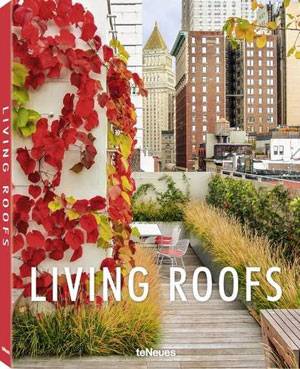
Living Roofs with texts by Ashley Penn. Get it HERE!
Living Roofs
“Living Roofs” by Ashley Penn is a beautiful coffee table book which has recognized the growing trend for roof top gardens and has showcased various examples through strong visuals and informative text. The book features thirty-five rooftop gardens from around the world with each example as a unique response to its site, context, and architecture. These projects range from compact but extensive green roofs and roof gardens, to luxury penthouses with intensive roof planting. Each featured project serves as inspiration for a whole range of approaches from creating hardscaped contemporary solutions to urban gardening and green oases. About the Writer Ashley Penn is a Chartered Member of the Landscape Institute in the United Kingdom and has worked for many years as a landscape architect. He is no stranger to Landscape Architects Network and is currently the Content Director for the site while freelancing as a landscape designer. He has also written numerous articles for the network, including articles on green roofs such as “An Essential Guide to Extensive Green Roofs”. In the book’s foreword, Ashley describes the term “roof garden” as referring to “green roofs or roof terraces where plants are planted in containers”. The foreword also explains the difference between intensive (deeper planting) and extensive (thin, lightweight planting) and each project is described in terms of these differences.
What do you get From this the book Living Roofs?
- An understanding of what green roofs are
- Large photographs of outstanding residential green roofs
- Detailed descriptions of the projects, highlighting their unique aesthetic characteristics
- Captions with project details including location, designer, size, material, and plants used
- Plan and elevation layouts
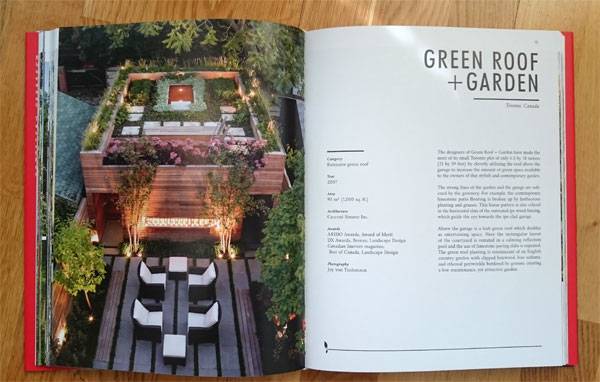
Living Roofs with texts by Ashley Penn.
Why you Should buy the Book – Living Roofs?
Living Roofs is the type of book that you can pick up and page through or sit and delve into the projects in detail. The images are spectacular and provide the reader with a complete understanding of the projects while instilling a sense of inspiration and continued interest. Each page is well-constructed and formatted, making it easy to navigate without dwelling too long on one project. Ashley’s narrative of the projects provides just the right amount of technical and aesthetic information while critically engaging with the specific design intentions. Information such as the climatic zones and planting palette take the text beyond simple descriptions while labelled plans add an essential component of understanding for fellow architects or designers.
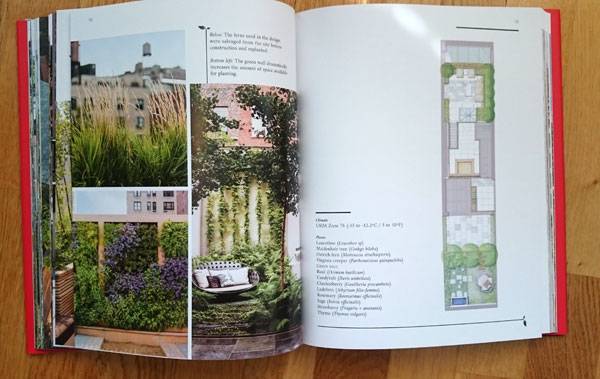
Living Roofs with texts by Ashley Penn.
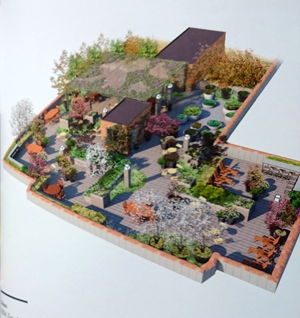
Living Roofs with texts by Ashley Penn. Get it HERE!
If you love this book review on Living Roofs, check out these other book reviews:
- Landscape and Urban Design for Health and Well-Being
- Digital Drawing for Landscape Architecture
- 10 Books to Read in Your Fourth Year of Landscape Architecture
Order your copy of Living Roofs today!
Book review by Rose Buchanan
Published in Blog


